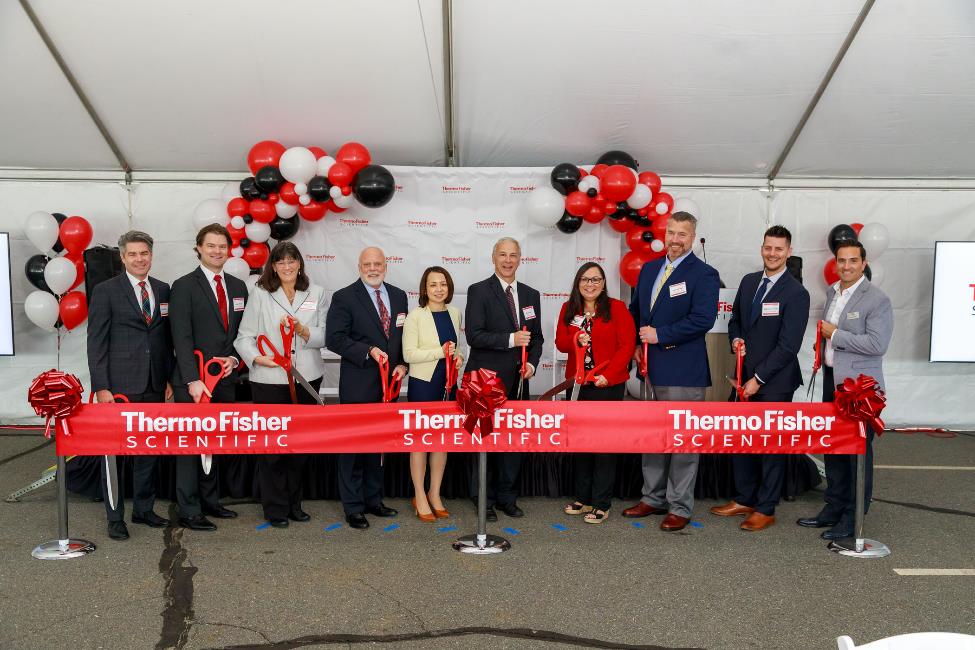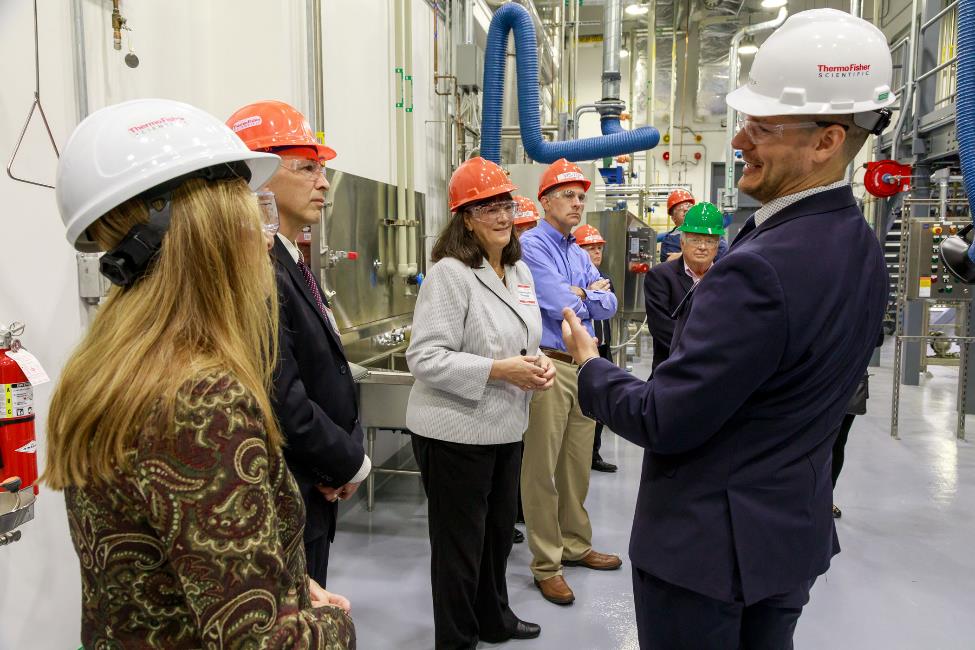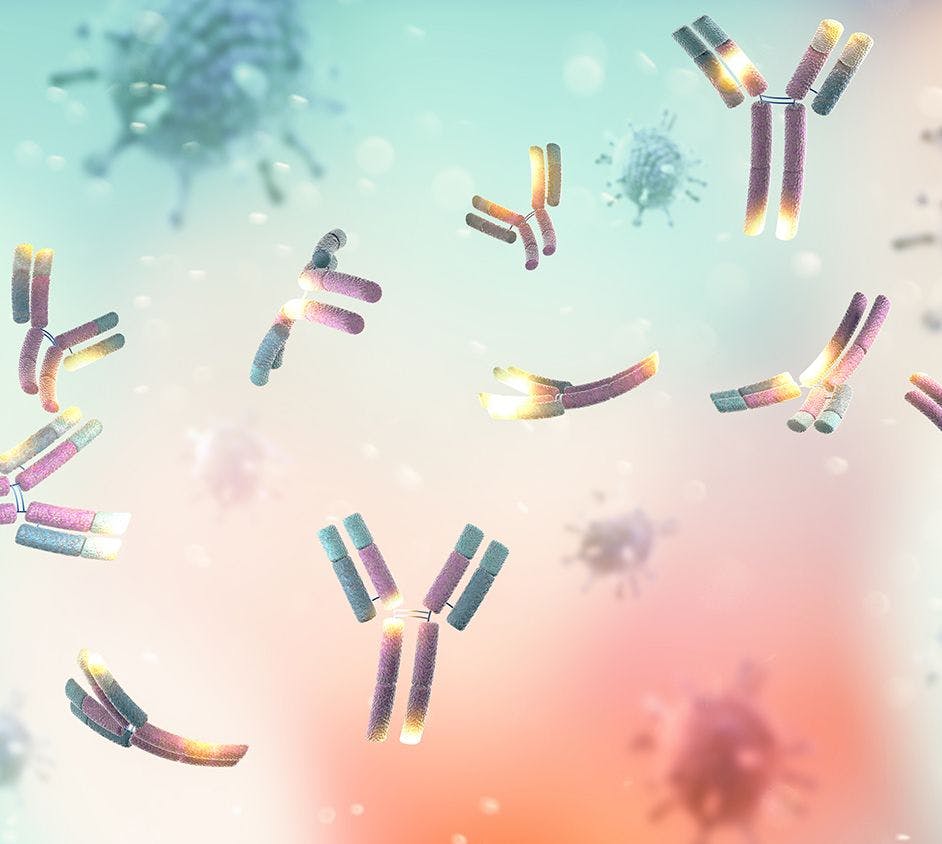Thermo Fisher Scientific Expands Bioproduction Capacity in Greater Boston
Thermo Fisher Scientific Inc. (Massachusetts, USA) has opened a new biomanufacturing facility in Chelmsford, Massachusetts. The $160 million, 85,000-square-foot facility will help meet growing demand for the biologic materials needed to produce vaccines and breakthrough therapies for cancer and other diseases. This new site is part of Thermo Fisher’s $650 million multi-year investment to expand its bioprocessing production capabilities.
“This market continues to grow, and the world’s leading biopharmaceutical companies depend on our technologies, services, and expertise to help deliver life-changing therapies to patients,” said Jean Luo, VP and General Manager, Purification and Pharma Analytics, Thermo Fisher Scientific.

The technologies produced at the Chelmsford site are used in the purification process of developing biotherapeutics and vaccines. These products help save time and reduce costs so that new treatments can reach more patients faster.
“The Chelmsford site will help us provide our customers with the critical resin materials they need as they scale up production and bring new innovations to market,” continued Luo. “This ultimately helps ensure more patients get the treatments they need faster.”

When fully staffed, the Chelmsford site will employ up to 250 people and will be part of Thermo Fisher’s global bioprocessing supply network.
For more information, please visit: www.thermofisher.com

A Matrix-Matched Semiquantification Method for PFAS in AFFF-Contaminated Soil
Published: April 14th 2025 | Updated: April 14th 2025Catharina Capitain and Melanie Schüßler from the Faculty of Geosciences at the University of Tübingen, Tübingen, Germany describe a novel approach using matrix-matched semiquantification to investigate per- and polyfluoroalkyl substances (PFAS) in contaminated soil.
Silvia Radenkovic on Building Connections in the Scientific Community
April 11th 2025In the second part of our conversation with Silvia Radenkovic, she shares insights into her involvement in scientific organizations and offers advice for young scientists looking to engage more in scientific organizations.















